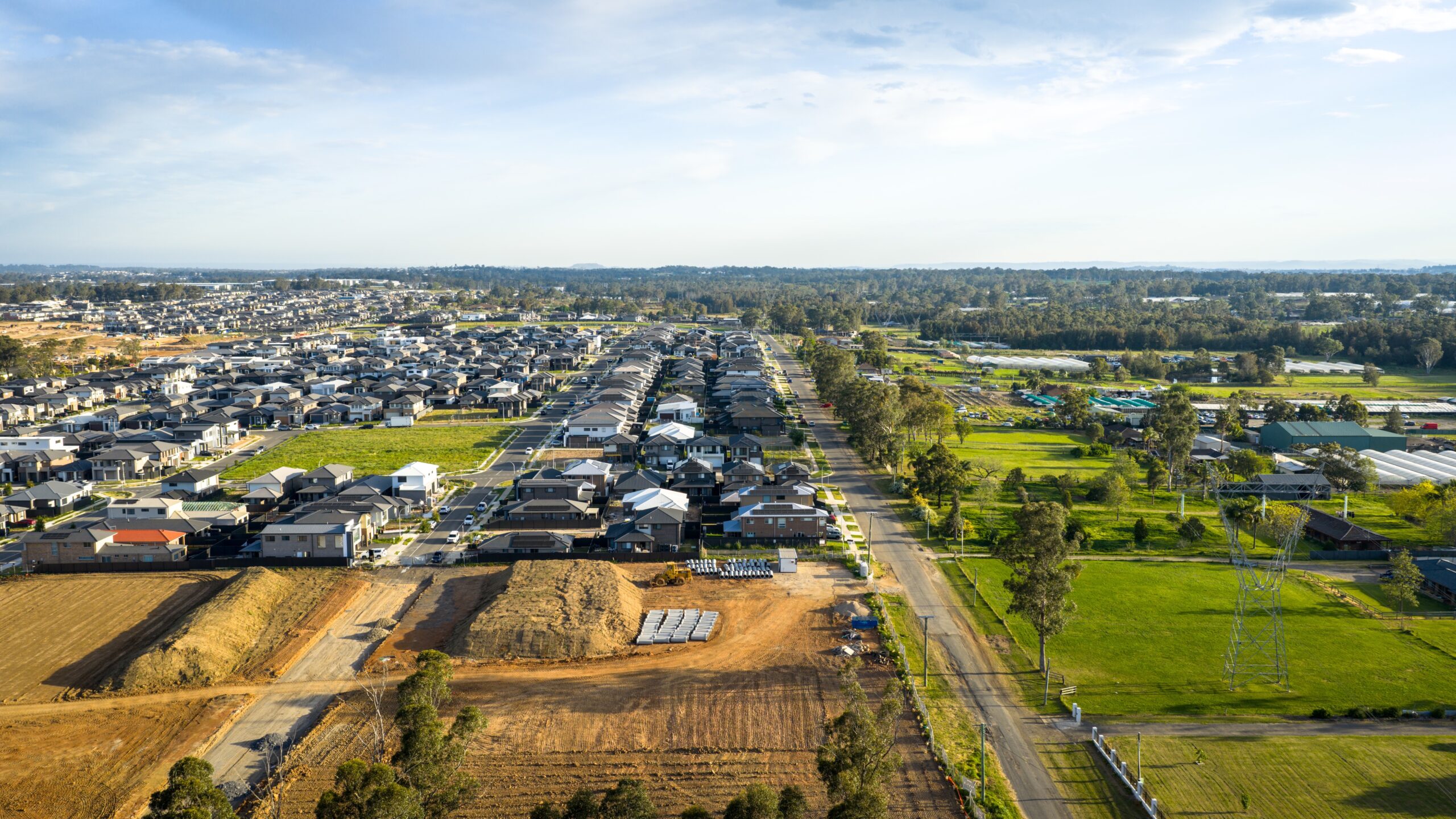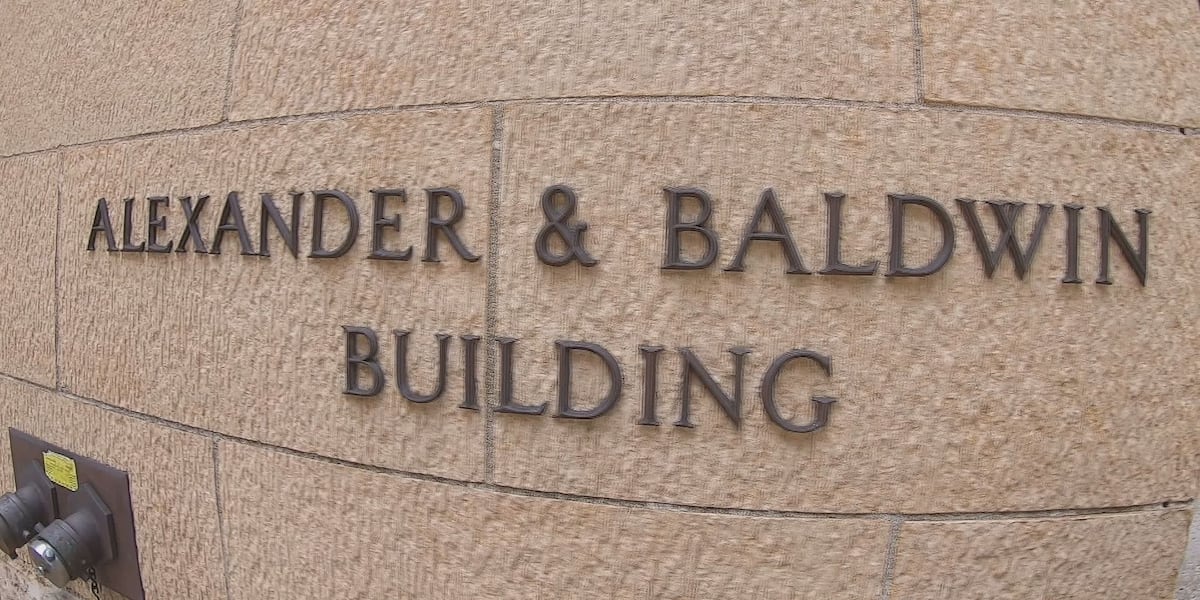M
ultifamily real estate development has become the dominant strategy in Opportunity Zones, driven by a nationwide housing shortage and strong demand for new projects. Jeff Tompkins and Joseph Julian of Altes Capital join The Opportunity Zones Podcast to discuss their approach to OZ investing, workforce housing, and why now may be the right time for investors to take advantage of Opportunity Zone incentives.
Altes Capital's history began with managing properties for a large single-family office before evolving into a national real estate development and investment firm. They have launched two Opportunity Zone funds, focusing on multifamily and mixed-use developments in high-growth areas. Julian explains that the Opportunity Zone structure aligns well with their long-term investment philosophy, preferring to develop and hold properties rather than flip assets for short-term gains.
Opportunity Zones encourage new construction rather than acquisitions, making them well suited for long-term real estate development. Julian highlights that the program provides a tax-efficient way for investors with capital gains to optimize their net returns, reinforcing the importance of tax efficiency in real estate investing. Altes Capital differentiates itself by focusing on three key areas: sponsor selection, geographic targeting, and property type.
Their approach includes partnering with established developers, targeting high-growth areas with constrained supply, and prioritizing walkable, amenity-rich developments with environmental and community benefits. Notable projects from Altes Capital's Opportunity Zone funds include Culdesac Tempe in Arizona, a car-free residential development designed for walkability and sustainability; the Washington, DC Net Zero Building, the largest net-zero carbon multifamily development in the US; and Camp North End in Charlotte, a large-scale mixed-use redevelopment.
Workforce housing is a significant focus for Altes Capital, targeting markets with strong job growth and young professionals in need of high-quality, affordable rental housing. Many of their projects incorporate 10 to 12 percent affordable housing units to ensure inclusivity while maintaining long-term rental demand. The firm also seeks locations where job centers are within a short commuting distance, reducing reliance on personal vehicles and creating more sustainable living environments.
Altes Capital's success relies on strong joint venture partnerships with experienced local developers. Julian describes their partnership with Redbrick, a Washington, DC-based developer specializing in Opportunity Zone projects. When evaluating potential partners, Altes looks for deep local market knowledge, strong relationships with contractors and government agencies, transparency, and hands-on project management.
With the planned closing of its second Opportunity Zone fund, Altes Capital is preparing to launch Opportunity Zone Fund III, which will continue focusing on high-growth locations while introducing new market opportunities. The new fund will also expand on successful existing projects, such as future phases of Culdesac Tempe and new residential buildings at Camp North End in Charlotte.
Jeff Tompkins explains why current market conditions make Opportunity Zone investing particularly attractive, citing a projected five-million-home housing shortage in the US and growing demand for well-located multifamily projects. Volatility in capital markets is also driving investors toward more conservative, long-term real estate investments.














